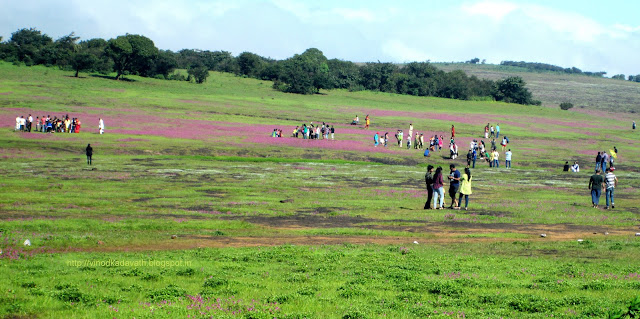Travelling has been a essential part of my life. Its through that I find the divine peace of life where you are totally disconnected with professional and personal tasks.
Even though I have been part of Mumbai long back, I find the place as good as new when I shifted here second time. Everything has changed but the energy and vibe of the place still remains the same. I could see myself as a part of it. I have changed over the years , so as Mumbai. So where should I start ? You could see multiple options in Maharashtra.
So with advise of my friend Praveen, I decided to go to Trimbakeshwar temple.
Even though I have been part of Mumbai long back, I find the place as good as new when I shifted here second time. Everything has changed but the energy and vibe of the place still remains the same. I could see myself as a part of it. I have changed over the years , so as Mumbai. So where should I start ? You could see multiple options in Maharashtra.
So with advise of my friend Praveen, I decided to go to Trimbakeshwar temple.
As they say, serve god first and the almighty will take care of you. My friend said it is one of the jyotirlingas mentioned in shivapuran. It made me more curious to go and see the divine place.
So finally the day came, it was a refreshing as it can get. The weather was perfect and I was excited as my first travel. With the help of my few friends, I was told to get a train from DADAR at 5.30. It was filled with people in the station and this is the sight you can never any where in India.
With the some essential things I boarded my journey to Nashik with the almighty Shiva in my mind. Nashik was kind of similar to me, it reminded me of the places of south India , I took a bus from Bus Depot near Station to CBS (Central Bus Stand) and got a connection bus to Trimabakeshwar.
The place was beautiful with greenery and the mountains. I felt this as the divine kingdom of Lord.
Around 11 AM , I reached Trimbakeshwar. The Temple was at a walkable distance from the bus stop. When I reached the main entrance I felt more and more excited about seeing the Lord.
Things to remember:-
- Temple Timing is 5.30 Am - 9.00 PM.
- Mobile and photography is not allowed inside the temple. So keep your bags in a nearby shop.
- The temple complex is very spacious and have a good queue system . Once can also have special darshan by paying additional amount.
Even in standing on the queue, I was surprised to see the stellar Nagara style of architecture of the temple. The temple complex is spacious and it houses a small Shivalingam - Tryambaka. The entire structure is ornamented with sculptural work featuring running scrolls, floral designs, and figures of gods, yakshas, humans and animals.
Poojas:
- Poojas performed in the temple are Narayan Nagbali, Kalsarpa Yog, Tripindi Shradhha and Rudra Abhishek..
- You can hire services of pandit for poojas
- You can sit inside the temple and see the pooja on the TV screen as well.
- You can see the jyotirlinga and puja through a mirror placed outside the main jyotirlinga temple place
After having darshan of the Lord of Lords, I came out of temple with blessings of Supreme Lord. Then I walked towards Kushavarta Teertha.
 |
| Kusavarta, near Trimbakeshwar Temple is known as the source of the holy Godavari River |
At the Kushavarta Teertha, devotees usually dip themselves into the waters and purify themselves of all sins.
We can have a Tika mark of Shiv Linga in Forehead from outside of Temple
Shops in the market offer religious paraphernalia like statues, images, local snacks etc.
After having lunch from nearby hotel , started my return journey with spiritually fulfilling experience. One should visit this temple at least once in their lifetime.
















































